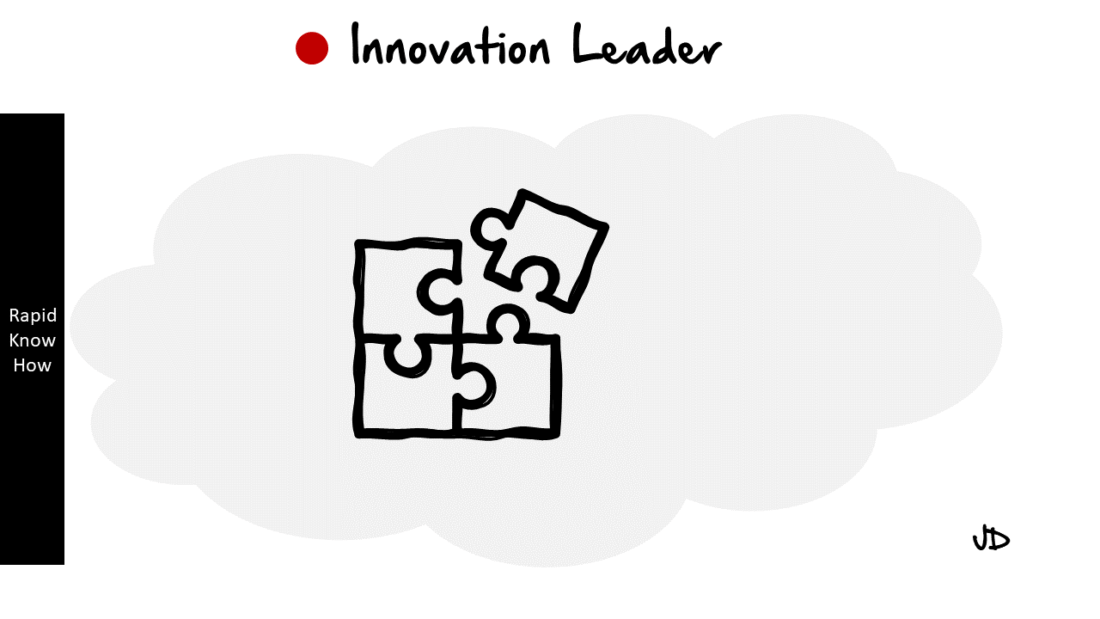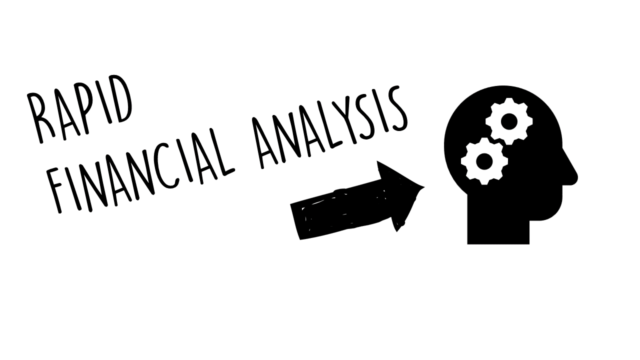The Art of Storyboarding
Storyboarding is a crucial aspect of the creative process, often used in fields such as film, animation, advertising, and even in business strategy planning. It’s a visual representation of how a story will unfold, scene by scene.
A. Definition and Purpose of Storyboarding
A storyboard is essentially a graphic organizer, typically comprised of illustrations or images displayed in sequence for the purpose of pre-visualizing a motion picture, animation, motion graphic or interactive media sequence. It’s like a comic strip of your movie or animation and serves as a visual draft for your final product.
The purpose of storyboarding is manifold. It helps to visually tell the story, plan out the sequence of events, decide on the aesthetics and feel of the piece, and communicate these elements effectively to clients, team members or other stakeholders. It also helps to identify potential problems before they occur in the actual production process.
B. Basic Elements of a Storyboard
There are several key elements that make up a storyboard:
1. Panels: These are the individual frames where you sketch out your scenes. 2. Scene Number: Each panel should be numbered for easy reference. 3. Description: This includes notes about what’s happening in the scene. 4. Dialogue: Any conversation or narration that happens during this scene. 5. Notes: Any additional information about camera angles, movement, lighting etc.
C. Step-by-step Process of Creating a Storyboard
1. Start with a Script: Before you can visualize your story, you need to understand its structure and content. 2. Sketch Your Panels: Start drawing rough sketches for each major event in your story. 3. Add Details: Fill in details like background information, characters’ expressions and actions. 4. Insert Dialogue and Descriptions: Write down what characters are saying and describe what’s happening in each scene. 5. Review and Revise: Go through your storyboard, make sure it makes sense and revise any parts that need improvement.
D. Tips for Beginners
1. Keep it Simple: Your storyboard doesn’t have to be a work of art. Simple stick figures and shapes can get the job done. 2. Use Arrows: Arrows are great for indicating movement or direction in your scenes. 3. Don’t Be Afraid to Make Changes: Your storyboard is a draft, not a final product. It’s okay to make changes as you go along. 4. Practice Makes Perfect: Like any skill, the more you practice storyboarding, the better you’ll get at it.
In conclusion, storyboarding is an essential tool in visual storytelling. It helps creators map out their ideas visually, making the production process smoother and more efficient. Whether you’re a filmmaker, animator, or just someone who wants to tell a story visually, understanding the art of storyboarding can greatly enhance your creative process.




